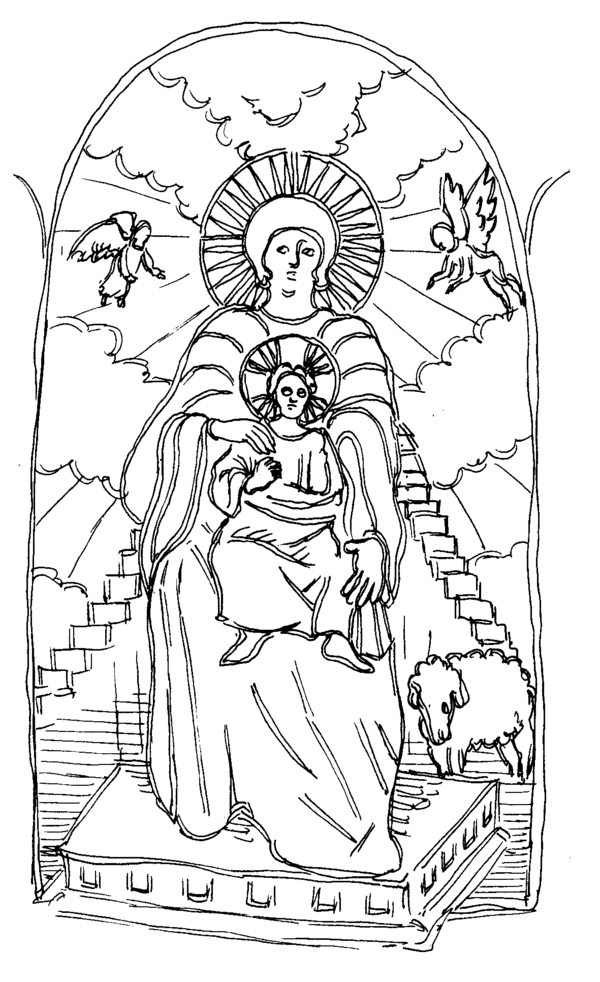| << Chapter < Page | Chapter >> Page > |
He was the star of 33 successful films, appeared globally on television, and gave awesome live performances all over the world. He sold more than a billion records (more than any other artist), had 14 Grammy nominations and served his country with honour in the US Army.
Elvis was known all over the world by his first name, which is proof of the fact that millions of people adored him. He was talented, good-looking, gifted, humble and good-humoured.
Elvis Presley is regarded as one of the most important figures of twentieth century pop culture.
He died at his Memphis home, Graceland, on 16 August, 1977.
Sources : (External Link) http://www.history –of-rock.com/elvis presley.htm

1. Together with three or four of your classmates, do some research on Elvis Presley and compile a short project on this superstar and the era in which he became famous. Concentrate on the first 20 years of his stardom. (You should find plenty of information in books and magazines in the library. Ask older people what they can remember of that era, e.g. the ducktail culture, jive and bop and the fashions).
Use the following framework, but don’t stick to it rigidly. Your project must be your own, unique creation:
| LO 4.6 | LO 5.3 |
Still working together in the group, make a poster to accompany your project. It must contain the lyrics of at least two of Elvis’s earlier songs.
| LO 4.5 | LO 4.6 |
Read the lyrics of one song out loudly in class. If possible, play the music (tape, CD) or sing the song if you like.
| LO 5.1 |
Elvis Presley has become more than an idol: today still, he is regarded as an icon .
What is an icon? Originally an icon was a painting of Christ or any other holy (Christian) figure, usually painted in a traditional style on wood. It was venerated (adored) and used in devotions in the Byzantine and other Eastern Churches. It is still to be seen in Greek Orthodox churches, and in the homes of people who belong to that faith.
This is an example of such an icon:

However, in the figurative sense of the word, an icon is a person or thing that is regarded as a representative symbol of something. So when we say that Elvis has become an icon, it means that he has become more than an idol; he has become the symbol of a specific culture, that is the slightly rebellious rock and roll / pop culture of the youth.
Look at these interesting facts:
Source : Die Burger, 16 August 2002 .
The following text has been slightly modified from “Pop se gedagtes”, a weekly pop column in Die Burger (JIP) , written by Chutney de Ridder. It appeared on Monday, 19 August 2002. See how well you can translate it into English. (Use your dictionary if necessary.)
ELVIS LEEF NOG STEEDS …?
Nagenoeg 80 000 mense vanoor die wêreld het dié naweek op Graceland in Memphis toegesak om hulde te bring aan die “oorlede” koning van rock&roll. Ek sê “oorlede” tussen aanhalingstekens, want derduisende mense glo nog steeds dat Elvis weer sy verskyning gaan maak.
| LO 2.1 |
| Learning Outcomes(LOs) |
| LO 2 |
| SPEAKING The speaker is able to communicate effectively in spoken language in a wide range of situations. |
| Assessment Standards(ASs) |
| We know this when the learner: |
| 2.1 translates; |
| 2.2 interacts in additional language; |
| 2.3 shows developing ability to use features of spoken language to communicate: word stress, weak vowels, intonation and rhythm; |
| 2.5 demonstrates critical awareness of own language use. |
| LO 3 |
| READING AND VIEWING The learner is able to read and view for information and enjoyment, and to respond critically to the aesthetic, cultural and emotional values in texts. |
| We know this when the learner: |
| 3.1 reads a text (fiction or non-fiction); |
| 3.2 understands in a simple way some elements of poetry (e.g. simile, rhyme, alliteration, personification), and understands some of the terms used to describe these elements (e.g. personification); |
| 3.4 reads for information; |
| 3.6 uses reading strategies; |
| 3.7 reads for pleasure; |
| 3.8 shows some understanding of how reference books work. |
| LO 4 |
| WRITING The learner is able to write different kinds of factual and imaginative texts for a wide range of purposes. |
| We know this when the learner: |
| 4.4 writes creatively; |
| 4.5 designs media texts; |
| 4.6 treats writing as a process. |
| LO 5 |
| THINKING AND REASONING The learner is able to use language to think and reason, and access, process and use information for learning. |
| We know this when the learner: |
| 5.1 uses language and literacy across the curriculum; |
| 5.2 uses language for thinking; |
| 5.3 collects and records information in different ways. |

Notification Switch
Would you like to follow the 'English first additional language grade 7' conversation and receive update notifications?